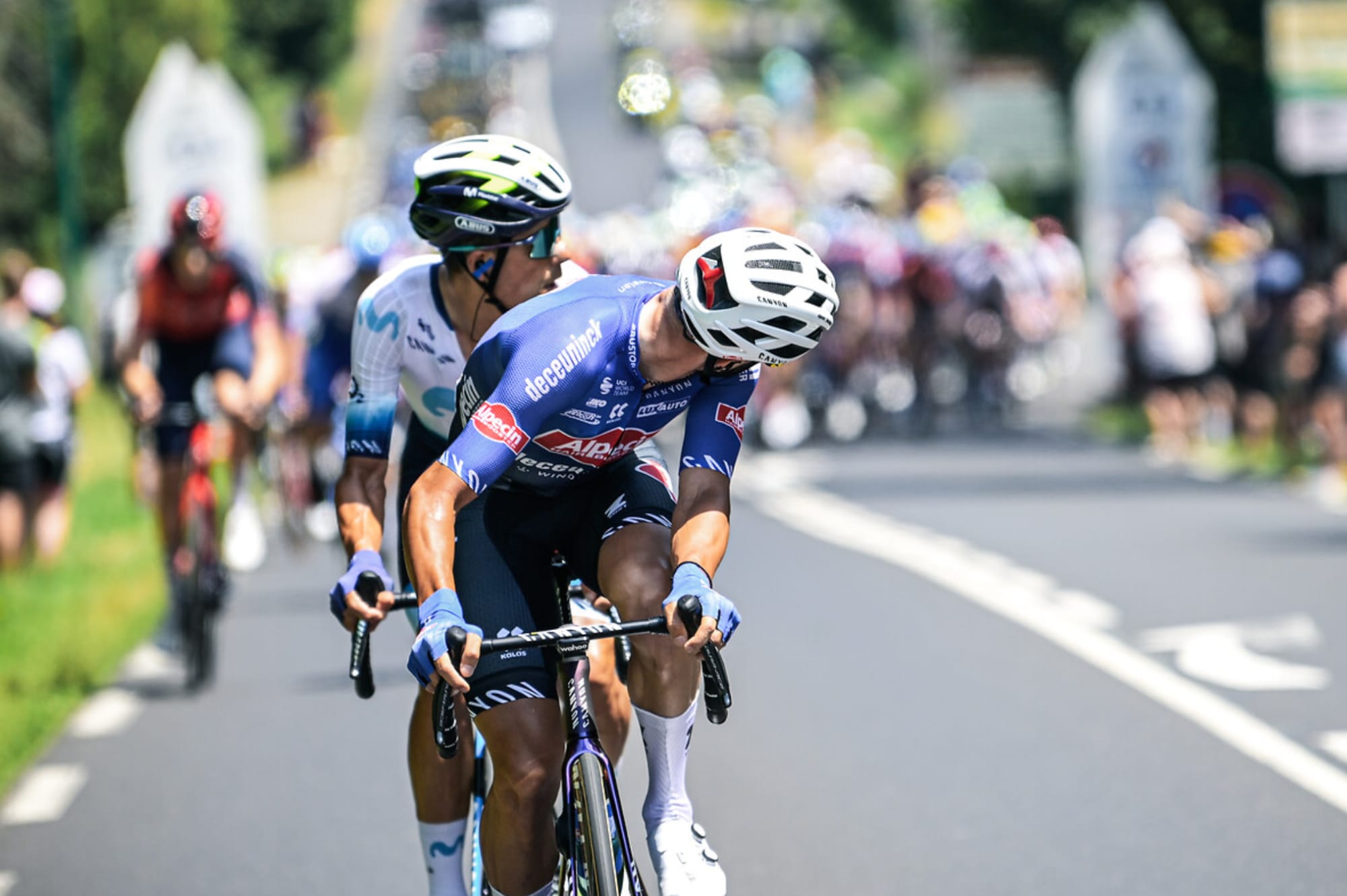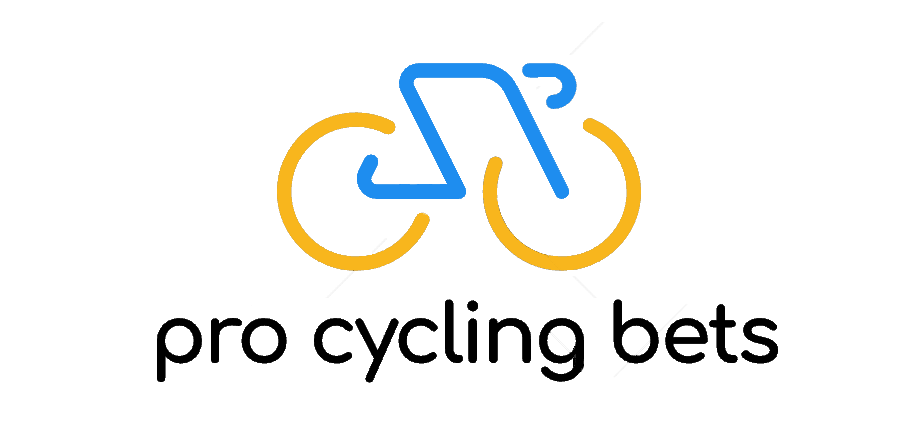What is “Group Two” Syndrome in Cycling

Group Two Syndrome is a colloquialism used to describe the problems that occur in the group behind the breakaway or lead group at the time. Group two could be the peloton, but also a pursuing group apart from the peloton, which is often the case at the end of a race.
Especially on a steep hill climb before the finish, the groups start to segregate and splinter based on attacks by riders. These splintered groups tend to be composed of three parts, those attacking, those riding to their power, and those who are dropped.

The pursuing group or groups generally have trouble deciding on a consensus of who is going to “work” and help attempt to catch up to the lead group. Given they’re so close to the finish most riders, if not all, in group two want to save their legs for the final few kilometres or the final sprint. This leads to a bystander effect where no one rider wants to take the reins and catch the lead group. Even if catching the lead group is entirely doable if group two collaborated on the work, the dysfunction leads to the inability to do so.
It’s generally why being in the break has an added performance advantage because the lead group actively does not want to be caught and will more likely share duties (albeit dysfunction can definitely still occur). Compare this to group two where some want to catch the front group, and some don’t care, and some simply can’t given how tired they are. There’s too many perspectives and rationales in the group which leads to confusion.
